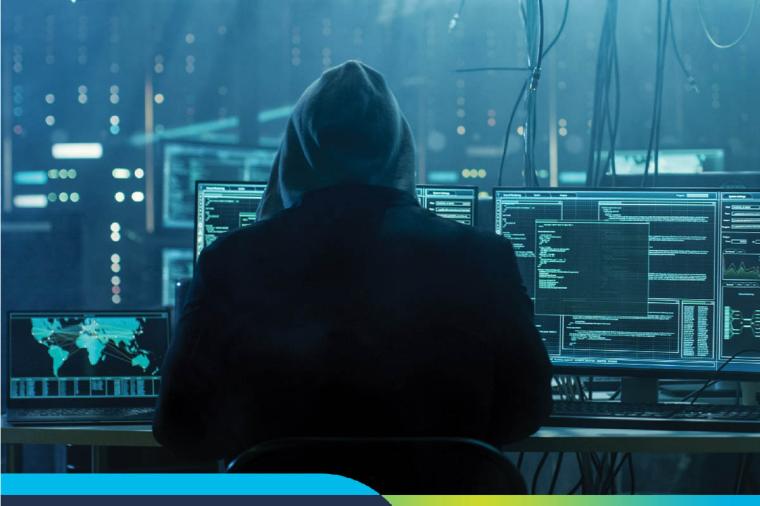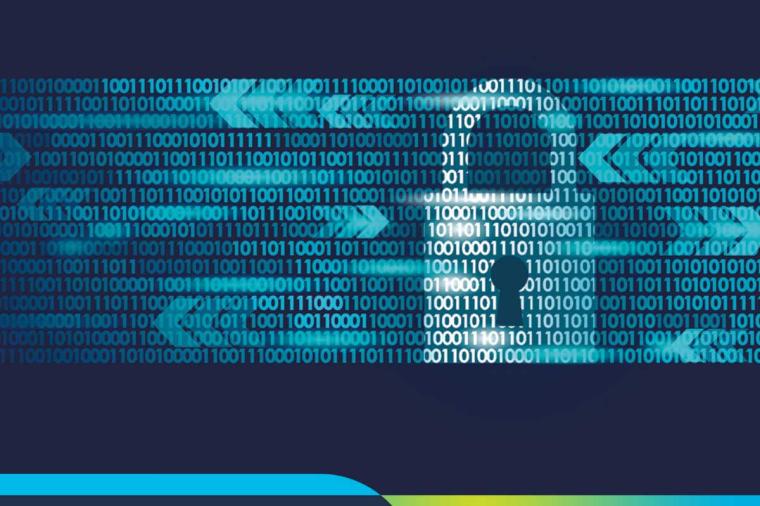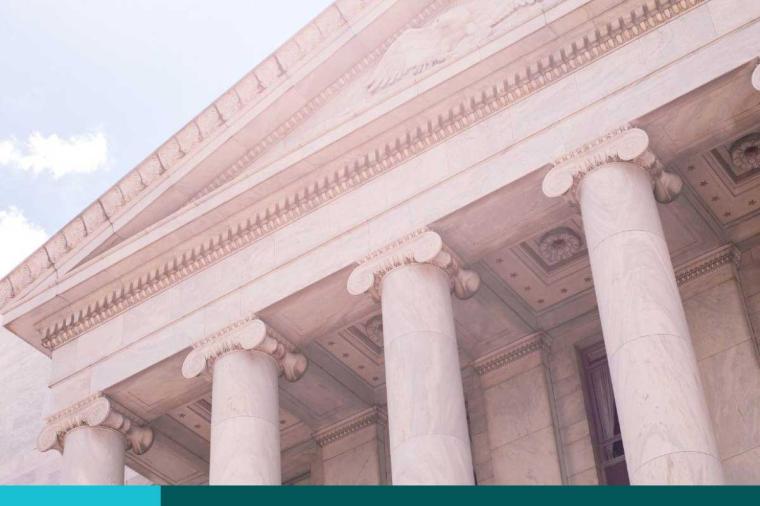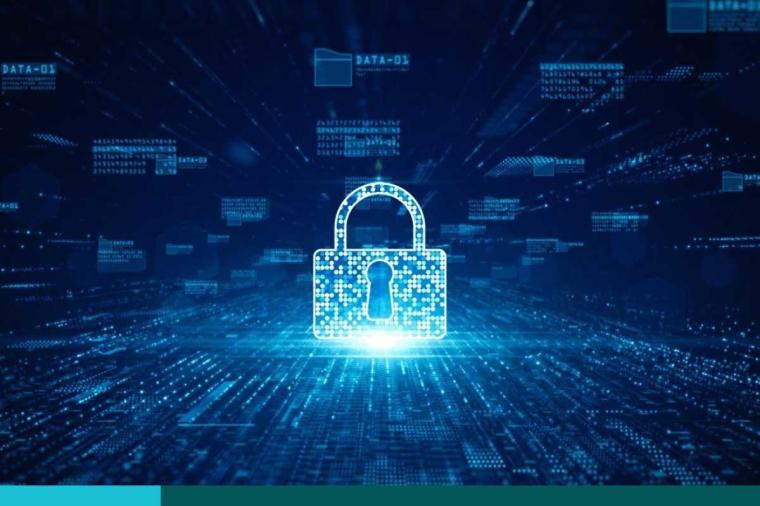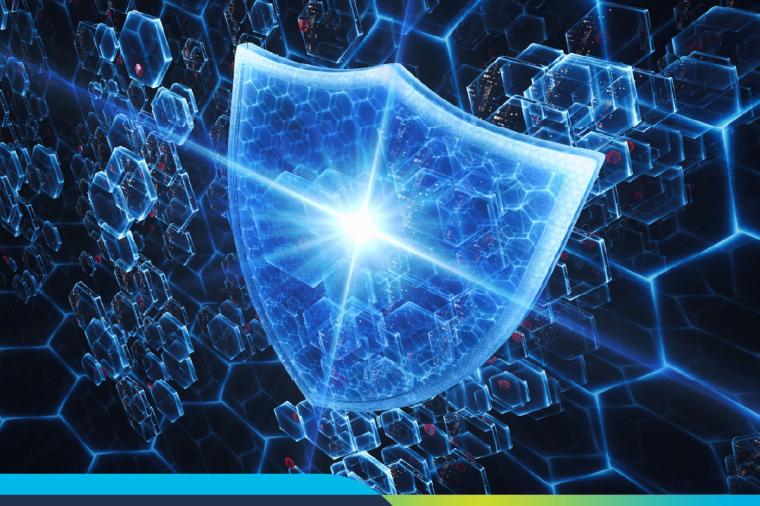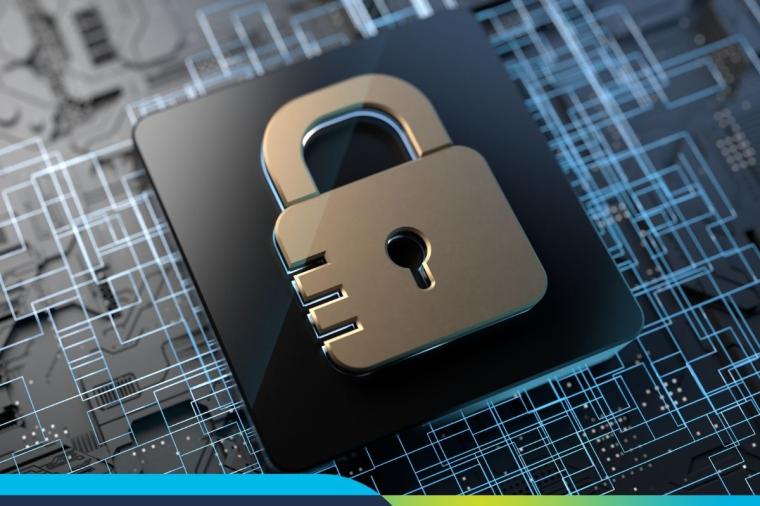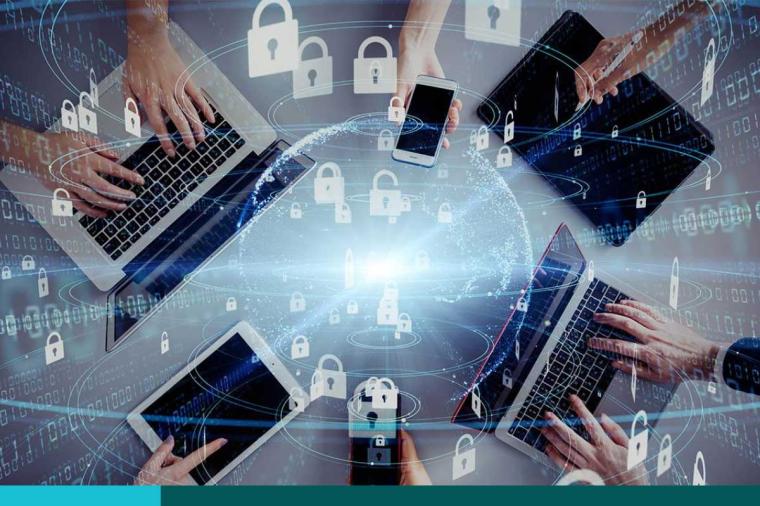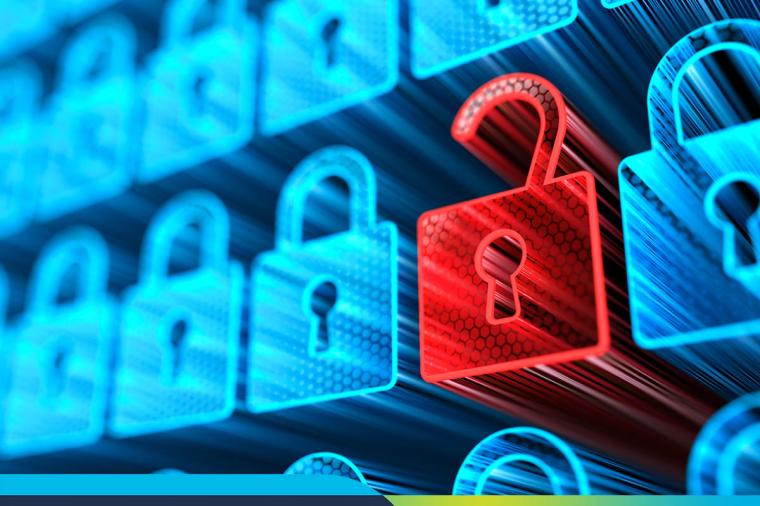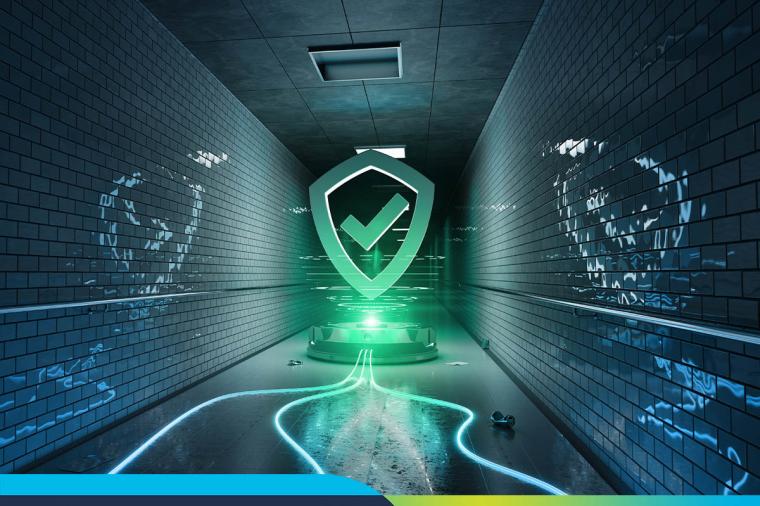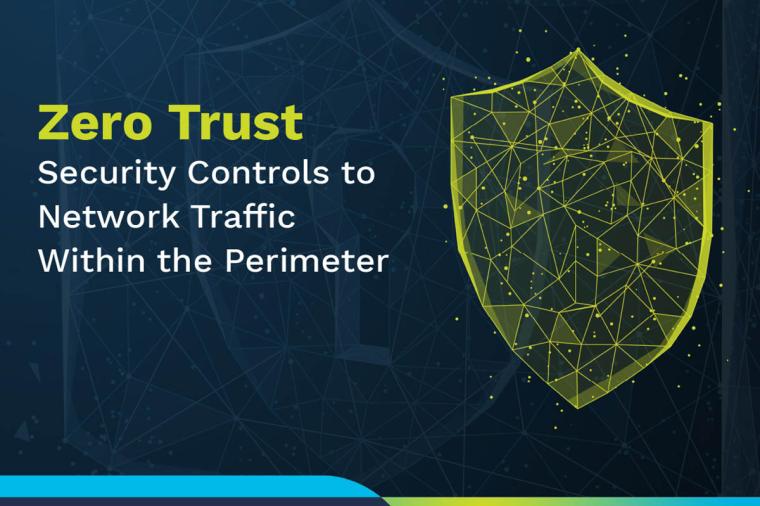Federal CIO Says Cybersecurity is Our Most Important Mission Today
Data breach after data breach – attacks on federal IT systems are becoming a regular occurrence. And, as the true scope and impact of the recent cyberattack on OPM’s systems continues to unravel (read our 8 facts about the OPM breach to learn more) – cybersecurity has moved firmly center state as the White House’s number one priority.
Speaking at the Brocade Federal Forum in Washington D.C. on June 23rd, U.S. Chief Information Officer Tony Scott could not emphasize enough the importance of cybersecurity:
“Our overall mission is to dramatically reduce the number of cyber incidents…This is our most important mission today.” (Source: NextGov.com) Scott continued that strengthening the security posture of the federal government was the only way to “restore public confidence in government and institutions.”
With billions already spent on cybersecurity, Scott is steering a path away from purely building up a defensive wall and advocates instead the addition of a risk-based analysis approach to cybersecurity. Key to this is increasing inter-agency and inter-industry information sharing, something that the Obama administration has been keen to emphasize.
Earlier this year the President announced that the proposed 2016 budget would include $14 billion to shore up the government’s cyber defenses. The budget prioritized the Continuous Diagnostics and Mitigation (CDM) program which is designed to provide civilian agencies with tools and processes to help them gain better visibility into their networks, identify cyber flaws, and put a fix in place fast.
Instead of relying on point solutions like anti-virus or intrusion detection software that struggle to stop advanced threats, continuous monitoring supplements these traditional tools with a multi-pronged approach that helps agencies become more proactive in in addressing threats. Using intelligent metrics, agencies can start to connect the dots, identify unusual activity before it strikes, and put a plan in place to mitigate risk.
“The more we can share about threats and actors, best practices in how to defend and remediate when these things occur . . . is a very important part of this agenda,” Scott said.
Read how agencies, like the Department of Energy, are already making strides with CDM in How to Get CDM Right – Gov Leaders Offer Valuable Insights. Then take a look at How to Implement CDM and Improve your Agency’s Security Posture.






























